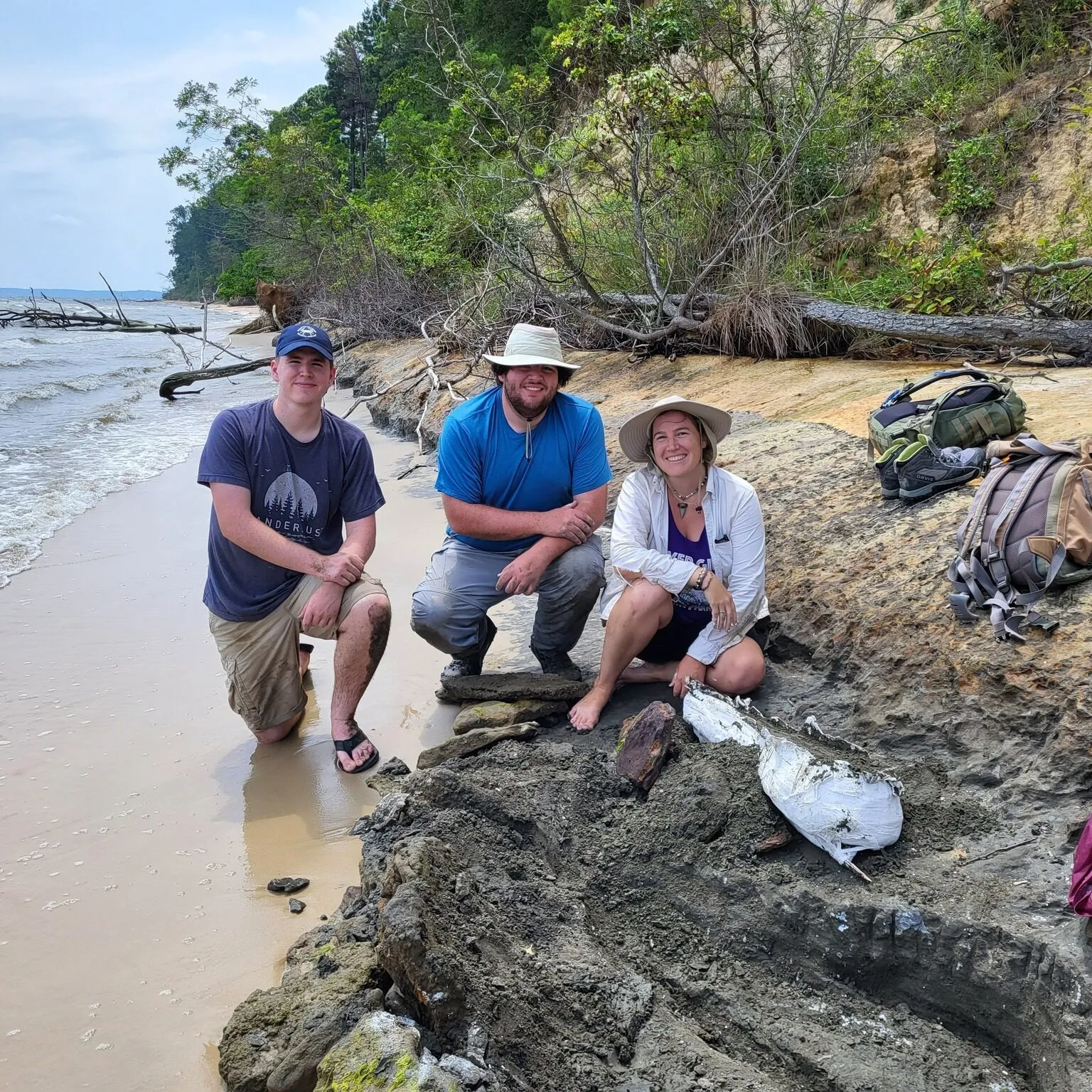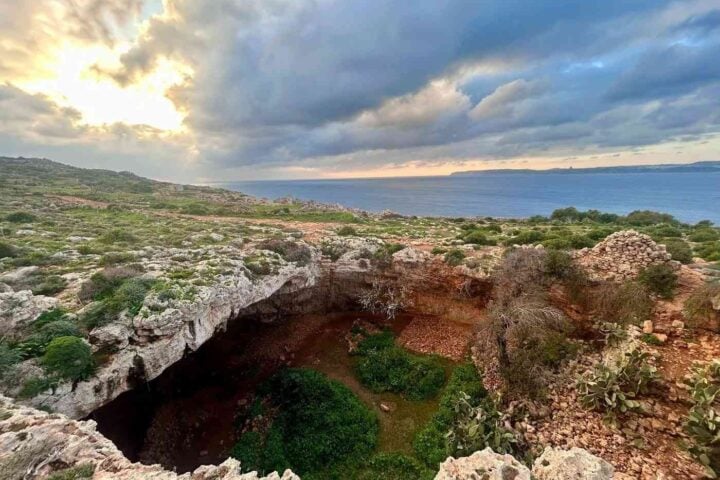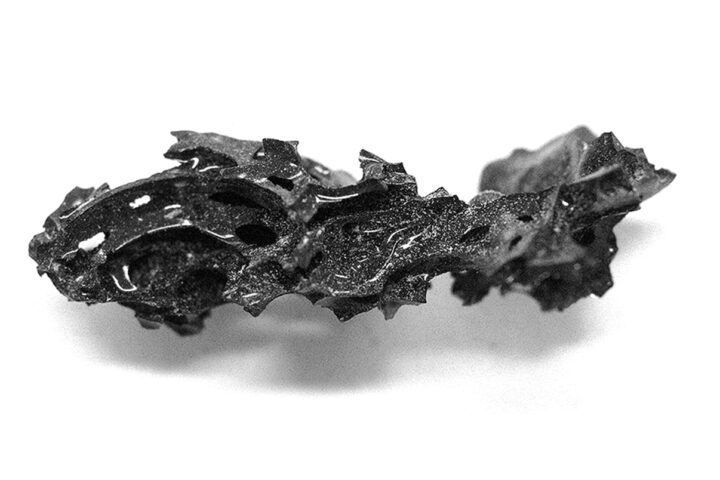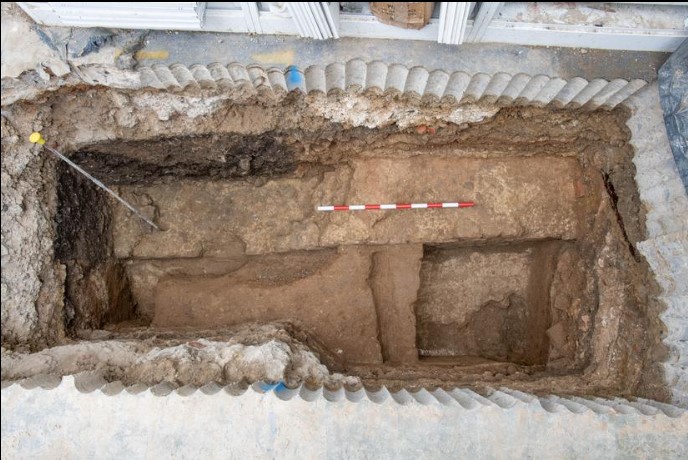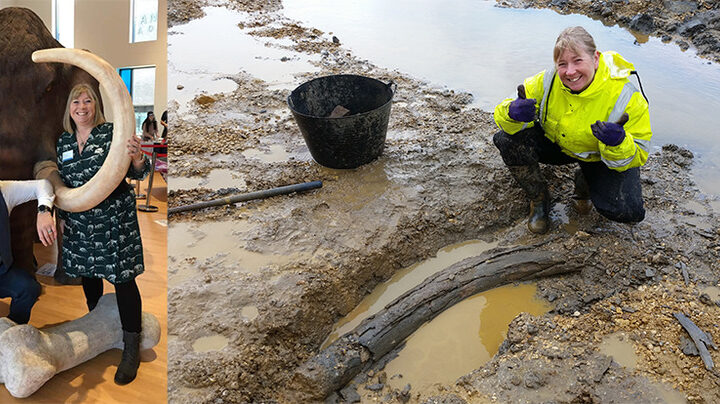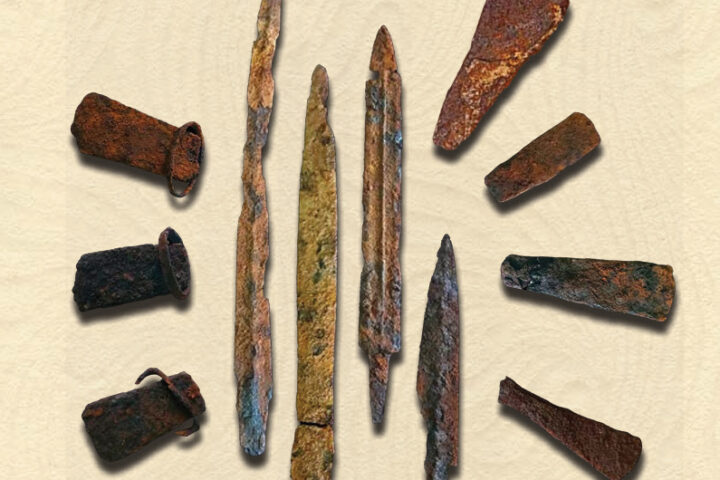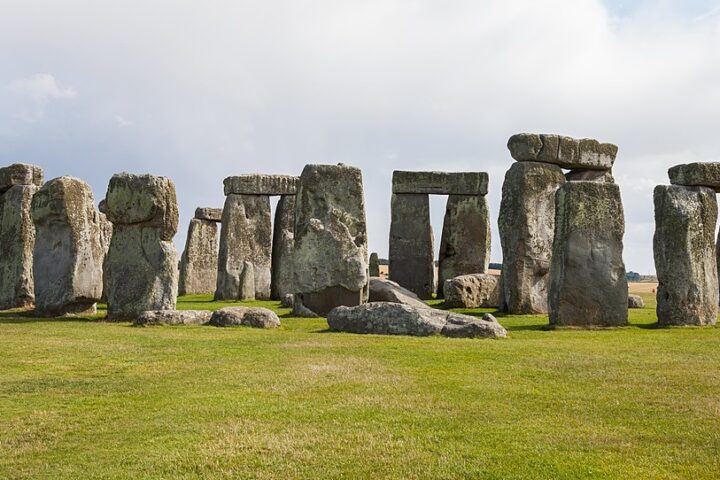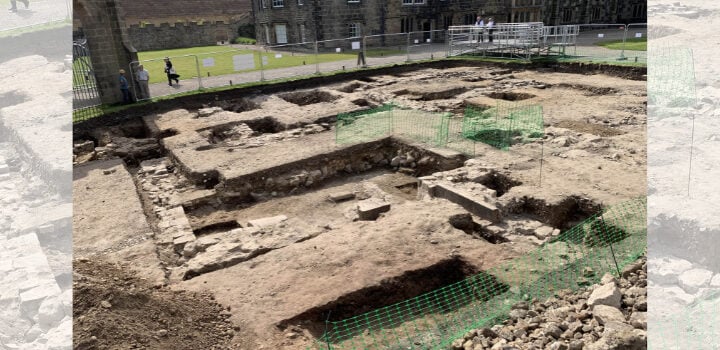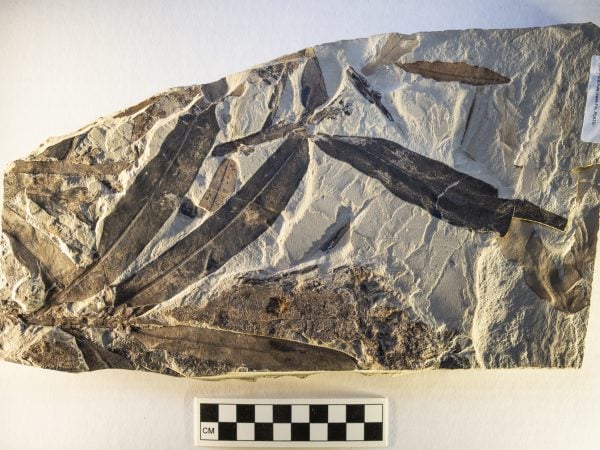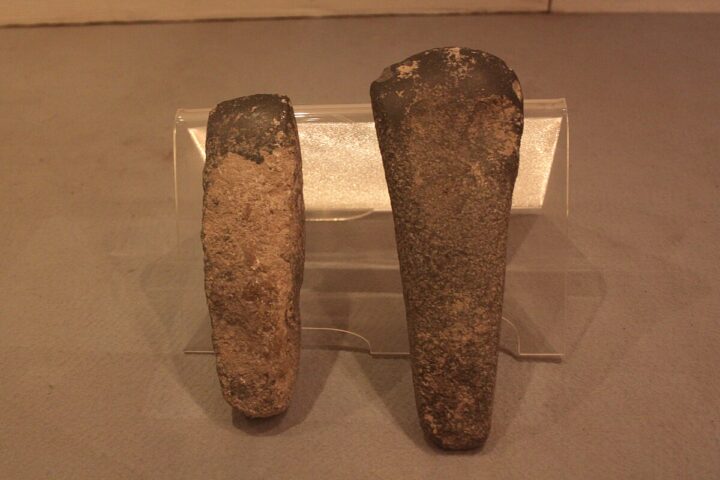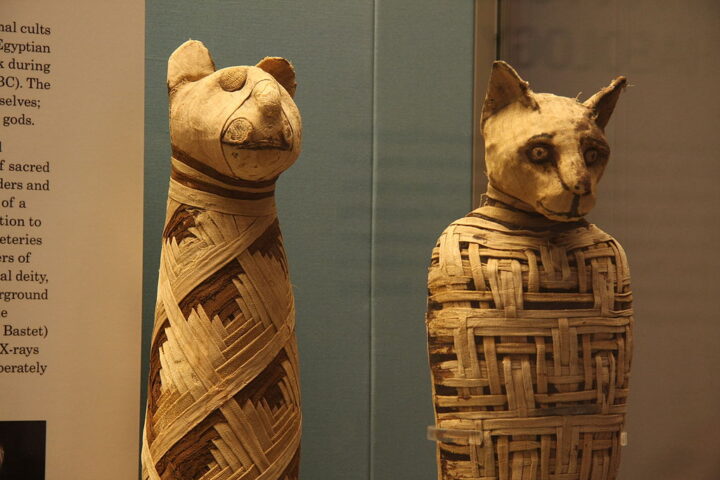When Emily Bzdyk stumbled upon a 15-million-year-old skull, a Maryland beach revealed a secret from the past. This is not any relic; it is believed to be from a dolphin-like creature that once swam in Maryland’s ancient seas. This discovery was highlighted by the Washington Post, emphasizing its rarity & potential significance. The skull’s size alone is a testament to the creature’s grandeur, as it weighs 50 pounds & spans 2.5 feet.
The excitement of Bzdyk was palpable: “I had never found anything so put together. I always find fragments of bones.” Bzdyk’s fossil hunting adventure was driven by the low tide, optimal for uncovering buried treasures, as she is a volunteer at the Calvert Marine Museum. The discovery caught the attention of Stephen Geoff, the museum’s assistant paleontology collection manager, who confirmed its significance.
The skull’s final resting place? The Calvert Marine Museum, where it awaits its grand reveal. Bzdyk will undertake the meticulous task of sediment removal before its display, offering visitors a live glimpse into the process. Suggesting it could belong to one of 4 known species of Odontoceti or perhaps an entirely new one, Geoff hinted at the skull’s mystery. Geoff mused, “With fossils, it is all a game of chance,” reflecting on the serendipity of the find.
Similar Posts
Making this discovery not just rare, but monumental, as fewer than 100 such skulls have been unearthed. The pristine condition of the skull sets it apart, a testament to its swift burial post-mortem. A first for her, Bzdyk’s nocturnal fossil hunt was influenced by both the low tide & her husband’s babysitting duties. With the fossil wrapped in paper towels & plaster bandages for safe transport, the excavation process was delicate.
Geoff clarified that while the cliffs are known fossil sources, many, like this skull, are beach discoveries. This creature belongs hails from the Miocene era, a period 12 to 20 million years ago. Picture a creature akin to a swordfish or sailfish, as these ancient marine mammals might not resemble our modern-day dolphins. Geoff speculated, their elongated snouts could have been used to club fish or probe the seafloor.
Geoff emphasized the importance of thorough examination, while optimism surrounds the potential novelty of the species. The history of the region suggests the existence of around 40-toothed marine mammals during the Miocene era. Such discoveries are more than just finds; for experts like Geoff, they are a connection to our planet’s rich history. Geoff shared, “To go out in the field & recover a piece of our local natural history. It is just wonderful.”
The discovery of the skull is a reminder of nature’s mysteries, waiting to be uncovered by curious souls like Bzdyk. One thing is certain, as the world waits for the skull’s full reveal: Maryland’s beaches hold tales of time long gone. A blend of chance & timing, this discovery serves as a bridge between our world & the ancient seas of Maryland. The world watches with bated breath, as the story unfolds, eager to learn more about this prehistoric marvel.
